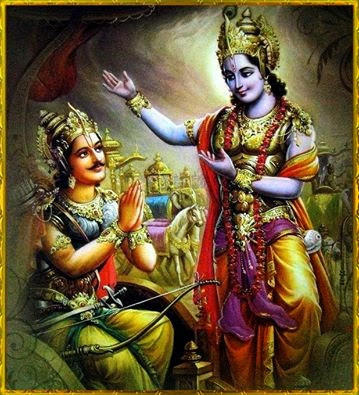Srimad Bhagavad-Gita : Ch-13. Slo-27.

24/11/2018 Srimad Bhagavad-Gita : Chapter-13. ( Kshetra-kshetrajna-vibhaga-yogam) Slokam-27. "yavat sanjayate kincit sattvam sthavarajangamam, kshetrakshetrajnasamyogat tadviddhi bharatarshabha." "O Arjuna! whatever you see in existence, both moving and unmoving, is only the combination of the field of activities and the knower of the field." bharatarshabha = arjuna; sthavara-jangamam = immobile and mobile ( not moving and moving ), likewise; yavat kincit sattvam sanjayate = if any one thing makes its presence ( whatever, takes place, anything, its existence ); tat kshetra-kshetrajna-samyogat = that, is because of union between kshetra ( body ) and kshtrahnan ( knower of the body i.e, Jivatma ) viddhi = know ( understand ) this ( you must know it ). Discussion : Even after elaborating upon the applicable perennial principles applicable to all creation Lord Krishna again re





